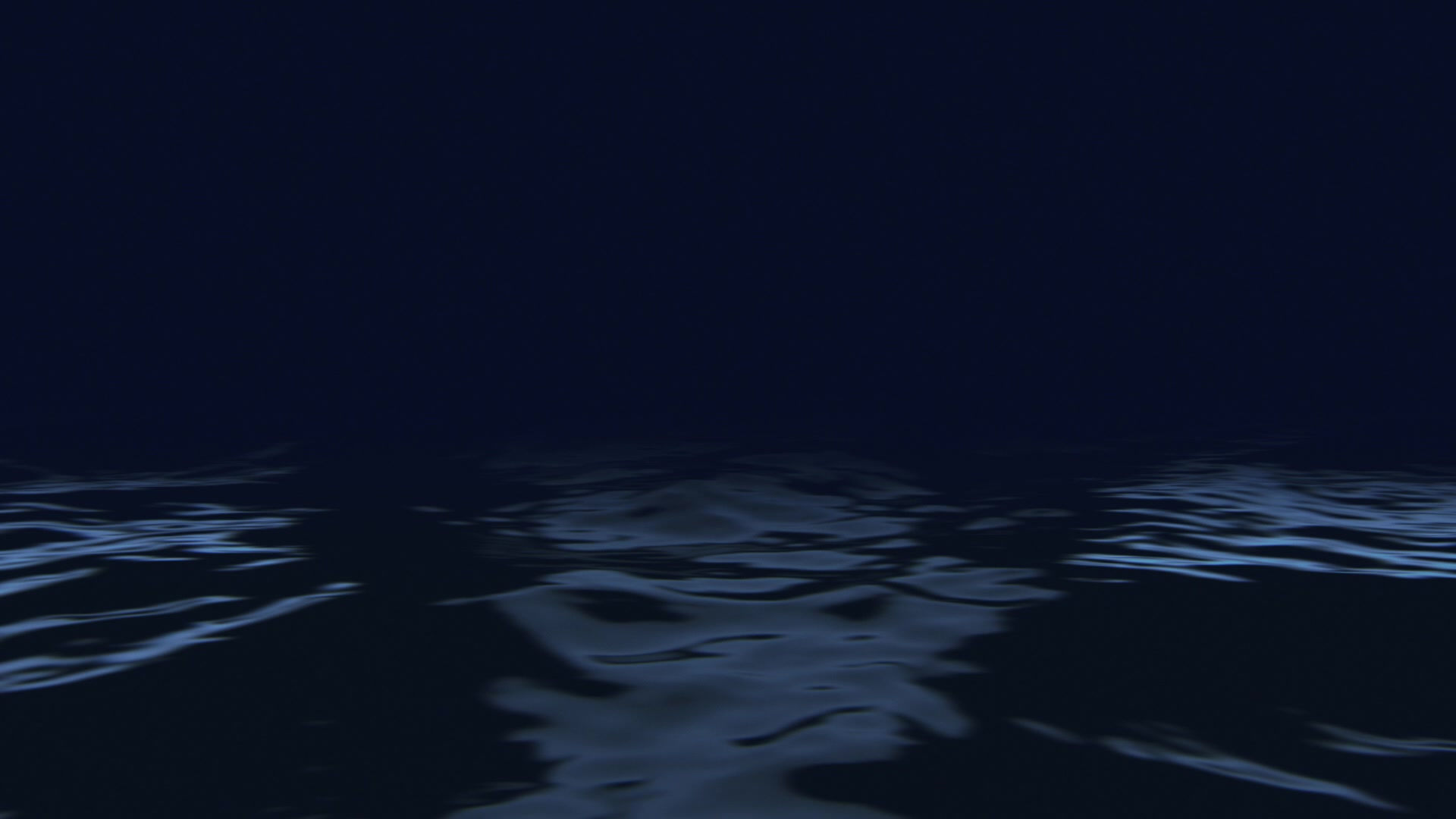
PLASTICS AND DEBRIS IN THE ENVIRONMENT
HOW DOES THIS IMPACT WILDLIFE HEALTH?


In Summer of 2014, PCEC President Jesus Reyes undertook a two-month voyage to the "Pacific Garbage Patch" located far out in the middle of the Pacific Ocean. The purpose? - to attempt to bring new scientific understanding on the potential health impacts of plastic pollutants on marine wildlife.


Captain Charles Moore and his crew onboard the ship, ORV Algalita, traveled over 1000 miles offshore of California in order to confirm and evaluate the presence and amount of plastics in the “Eastern Garbage Patch” of the Pacific Ocean using drone surveys and direct observation, and this work was combined with the novel PCEC research. Led by Reyes, the research seeks to determine whether the presence of plastic debris in the waters (and possibly chemical contaminants leaching from the debris) may be tied to disruption of critical endocrine systems, health, and potential toxic effects in resident fish called Myctophids, commonly called “Lanternfish”. Pictures show the on-board laboratory where Reyes sampled fish from plastic-containing environments and from waters with less detectable plastic pollutants.


The Pacific Garbage Patch is found in the North Pacific Subtropical Convergence Zone, commonly referred to as the Pacific Gyre (links to further information: #1 #2 #3 ).
The study evaluated three impacted areas, the Inner Gyre, Middle Gyre, and Outer Gyre, all within the general debris fields. Fish samples collected from these sites were compared with fish samples taken from a reference site (“control” group) located hundreds of miles away from the debris fields.
Preliminary Research Results
Blood samples were collected by syringe from each fish and used in later laboratory analyses of hormone concentrations, including cortisol (a critical regulator of metabolism as well as stress responses) and thyroxine (a thyroid hormone necessary for normal development, growth, and cellular functions). Liver tissue was also sampled from the fish, for later analysis of its cellular and molecular functions using a technology generally referred to as “proteomics”, which measures multiple proteins simultaneously.
Initial findings indicate that fish sampled from the control site exhibited hormone levels consistent with fish under “normal” physiological conditions. In contrast, fish from the Gyre locations all had reduced levels of both cortisol and thyroxine, suggesting Gyre-associated physiological impacts. Also, in preliminary proteomics screening, several different liver proteins exhibited expression differences in fish from the Gyre locations versus the reference fish. Several of the proteins altered in the Gyre fish suggest a stressed physiological condition.
These are the first known studies of open-ocean organisms showing impacts due to the debris fields in the northern Pacific Ocean. Such impacts in a species of fish that is critically important to the open-ocean ecosystem is a concern and deserves further research attention.
Look for updates on this work in the near future!



NBC Nightly News covered the story upon return of the ship to Long Beach, including the work of Jesus Reyes and PCEC.
Watch the video here:
https://www.nbcnews.com/nightly-news/large-garbage-patch-floating-pacific-ocean-n182371